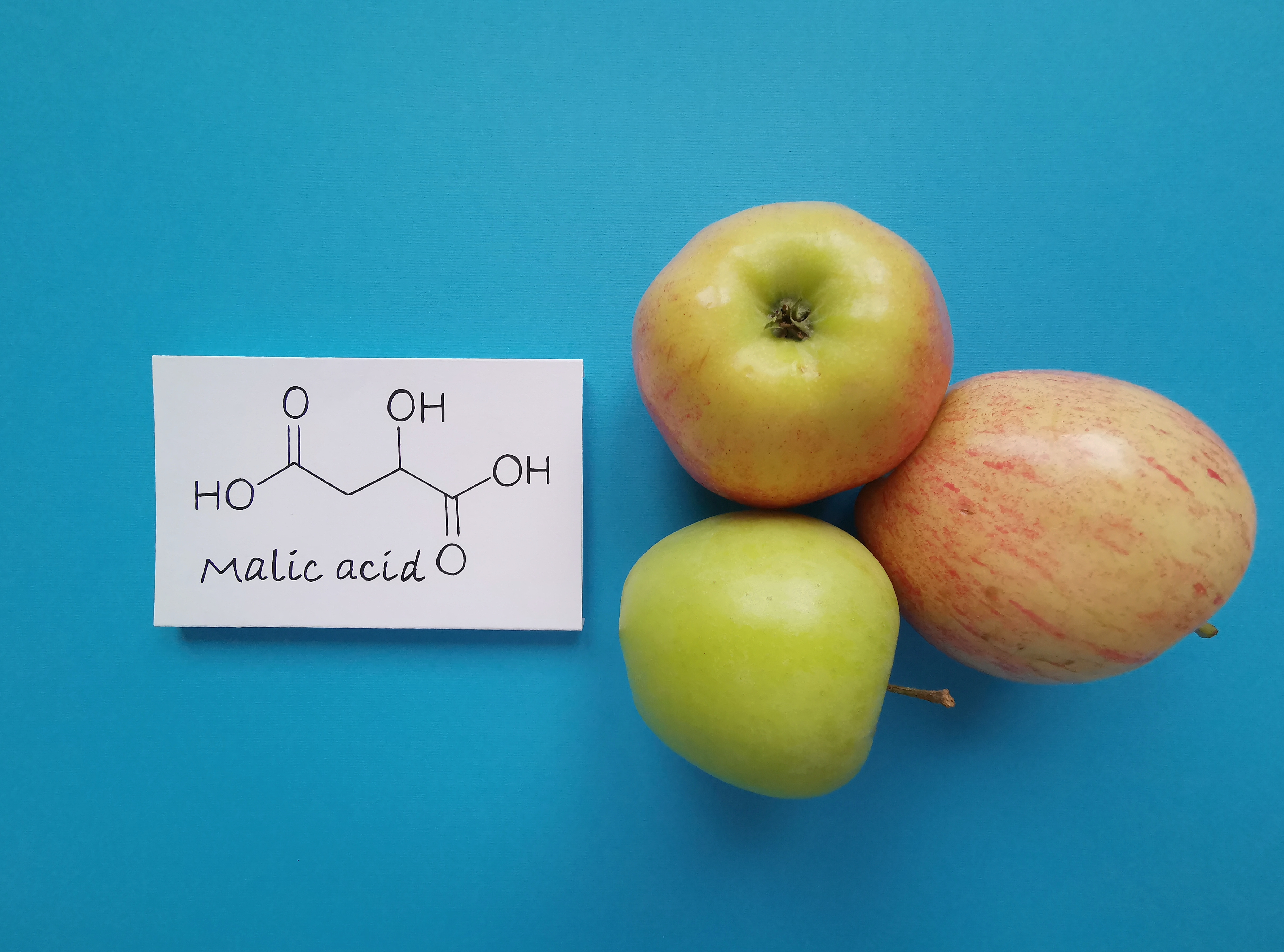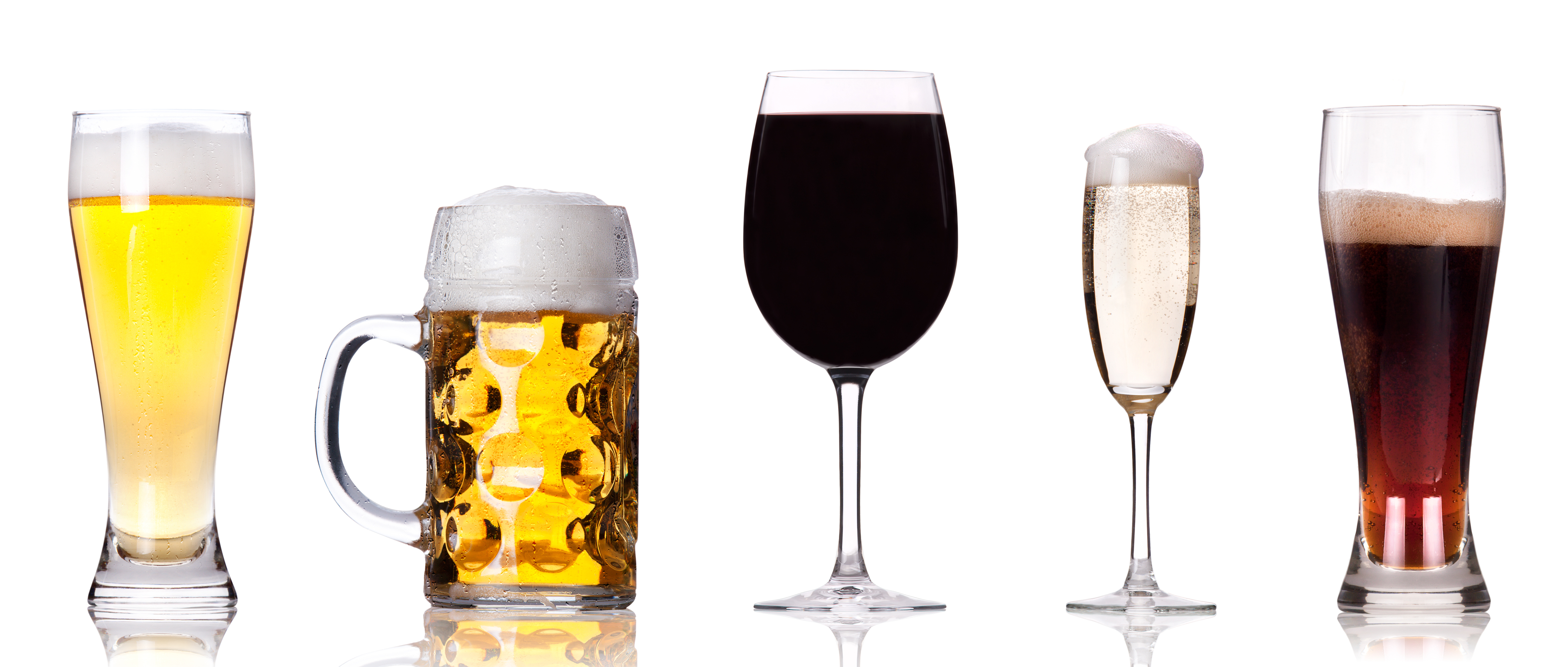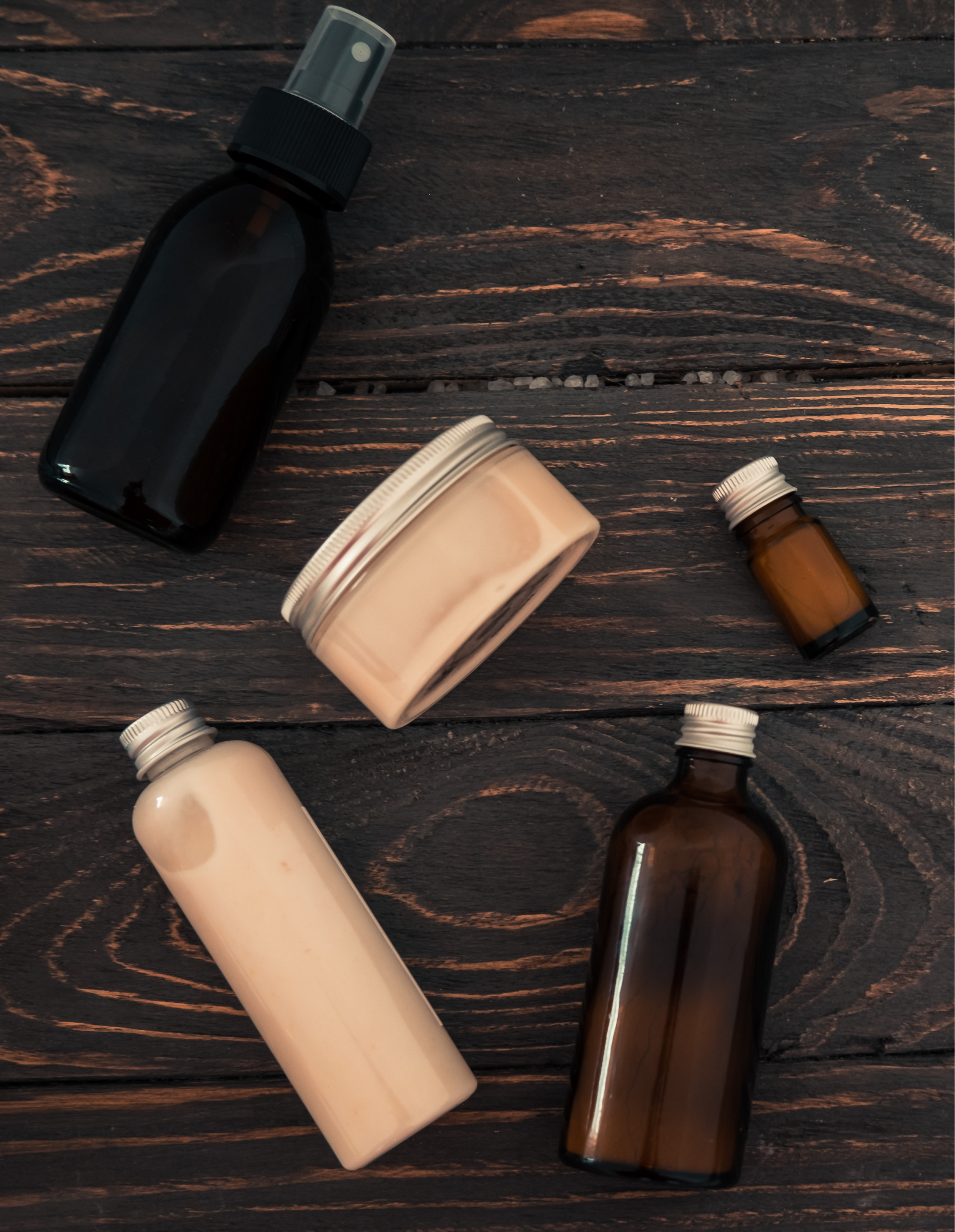What is Malic Acid? Uses, Benefits, & Types
By on Nov 12th 2020

Malic acid originated from Europe in 1785 when it was first isolated from apple juice. Malic acid is the main acid in many fruits including grapes, peaches, and pears helping with their distinct taste. Malic acid itself tastes tart and sour. In beverages, malic acid helps provide the tart taste and balance the pH. Malic acid is great because of its ability to dissolve quickly in water which allows it to be used with other additives in a lot of different foods.
Malic acid is commonly used in food to add sourness and tartness. It is an important additive in candies like Warheads where it is mixed with hydronated palm oil to provide a long-lasting sour flavor that we love and hate. For this same reason, it is also used in other snacks like salt and vinegar chips to give them their punch. Malic acid is commonly paired with other additives to improve aftertaste and to taste more natural.
How Is Malic Acid Used?

In the production of wine, beer, and cider, malic acid is used to regulate the pH and total acidity. There is a key difference between pH and Total Acidity (TA). The pH of a solution is the measurement of free-floating protons at a specific time. When you begin to consume a beverage and it is in your mouth these protons will bind to your taste receptors, lowering the total number. This will cause more protons to leave the acidic compound and bind with your taste receptors. So, TA is the total number of these protons that could interact with your mouth. This is important when designing the perfect beverage and that is why Malic acid is commonly used to ensure that you have just enough acidity. Now, there are many methods of use in the beverage industry but it is the most common choice for cinder making because of its apple origins and its sour green apple taste.
The reason you might want to use malic acid to regulate the pH of your beverage over some other ingredients is that it doesn’t produce any diacetyl. Diacetyl is a common product of lactic acid and provides a buttery flavor. This is undesirable unless you’re trying to make a more buttery beer, in which case you might want to add the lactic acid.
Cosmetic Uses & Overall Benefits

Malic acid is not just used in food though, it is also an AHA that is used in a lot of cosmetic products including shampoos, body lotions, and more. Alpha-Hydroxy Acids are very helpful in cosmetics. The main reasons Malic acid is used in cosmetics is to hydrate the skin, exfoliate and remove dead skin cells, and generally improve the skin's condition. Malic Acid also balances pH and helps hydrate the skin and is commonly used with glycolic acid and lactic acid.
There are many different health benefits to using malic acid. It is used to prevent urinary stones, to provide relief for fibrosis, and is used to help prevent the sensation of dry mouth. When added to food Malic acid could help prevent the growth of bacteria and help with preservation.
Types of Malic Acid
There are also two different types of malic acid. L-Malic acid is only found in nature, while LD-Malic acid is produced synthetically. L-malic acid is not nearly as common as LD-Malic acid. But what is the physical difference between them? L-Malic acid and D-Malic acid are isomers, which means they are made of the same elements and very similar structure but in this case, one bond between elements is facing the other way. LD-Malic acid is actually a mixture of L-Malic acid and D-Malic acid. LD-Malic acid is safe to use in beverages and acts just the same as regular L-Malic acid. So then how is malic acid made? A racemic mixture (a mixture containing 50% L and 50% D forms) is produced from the hydration of maleic anhydride. An excellent example of a racemic mixture that is used all the time is the drug ibuprofen. The S-Ibuprofen is believed to be more effective than the R-Ibuprofen, but they are both perfectly safe just like malic acid.
Speaking of safe malic acid, in both forms, they are generally considered safe (GRAS) by the FDA and can be used in foods and beverages for flavor-enhancing, pH control agent, and more. Overall, malic acid is a versatile tool to have whether it be in the kitchen or on the skin.
Interested in purchasing food grade Malic Acid? Ingredi.com has you covered!
Malic Acid Anhydrous FCC (Tate & Lyle) | 50 LBS Bag
Malic Acid FCC (Polynt) | 50lb Bag
https://pubchem.ncbi.nlm.nih.gov/compound/2S_-2-Hydroxybutanedioic-acid
https://www.accessdata.fda.gov/scripts/cdrh/cfdocs/cfcfr/CFRSearch.cfm?fr=184.1069
https://www.healthline.com/health/malic-acid-skin-care#skin-care-science
https://www.ncbi.nlm.nih.gov/pmc/articles/PMC4078333/
https://www.thebeveragepeople.com/how-to/beer/articles/adjusting-sour-beer-acidity.html
https://foodadditives.net/acidulents/malic-acid/
https://efsa.onlinelibrary.wiley.com/doi/pdf/10.2903/j.efsa.2014.3563
https://www.mashed.com/164183/what-really-makes-sour-candy-sour/
https://go.drugbank.com/drugs/DB0105
https://www.homecidermaking.com/hard-cider-acidity-ta-ph/






